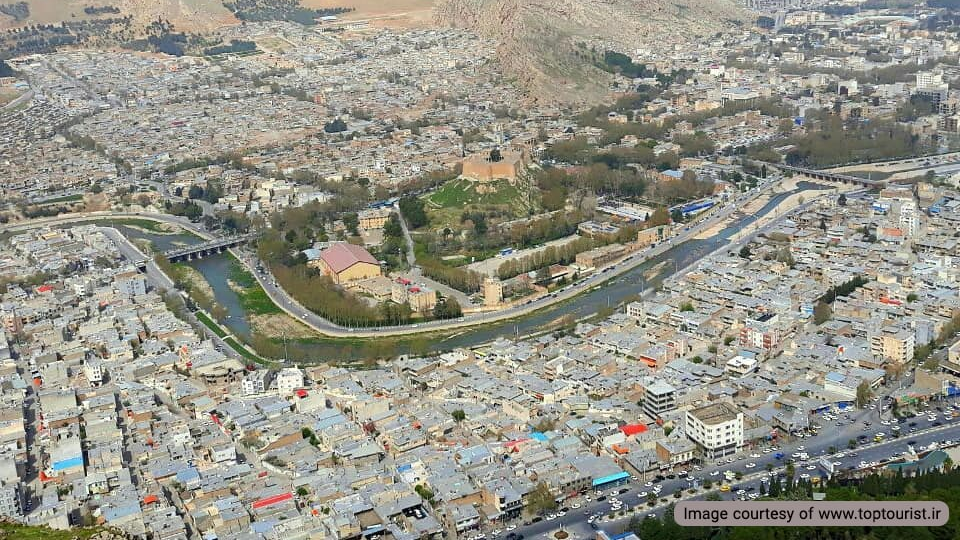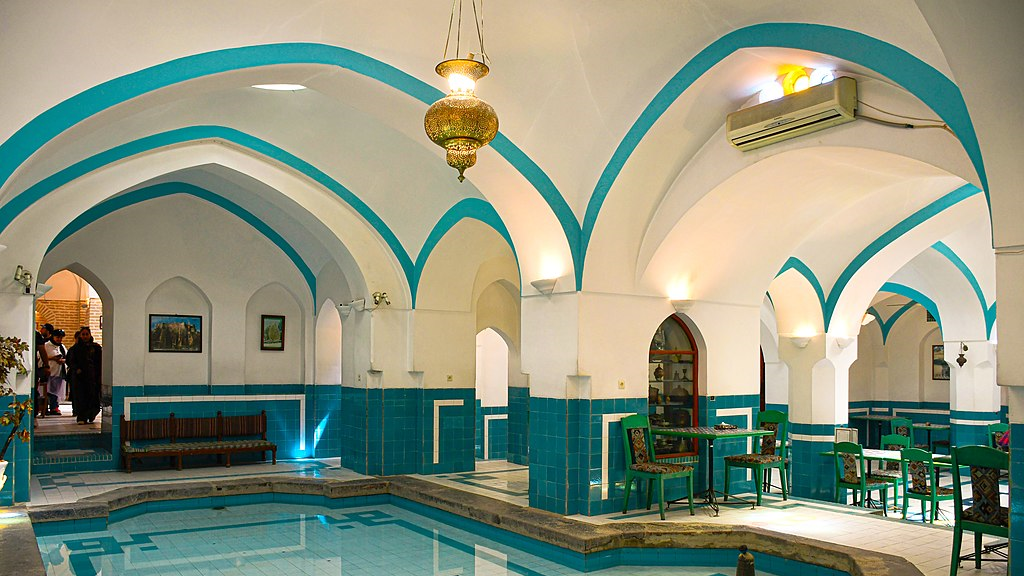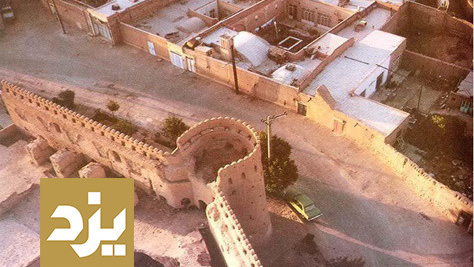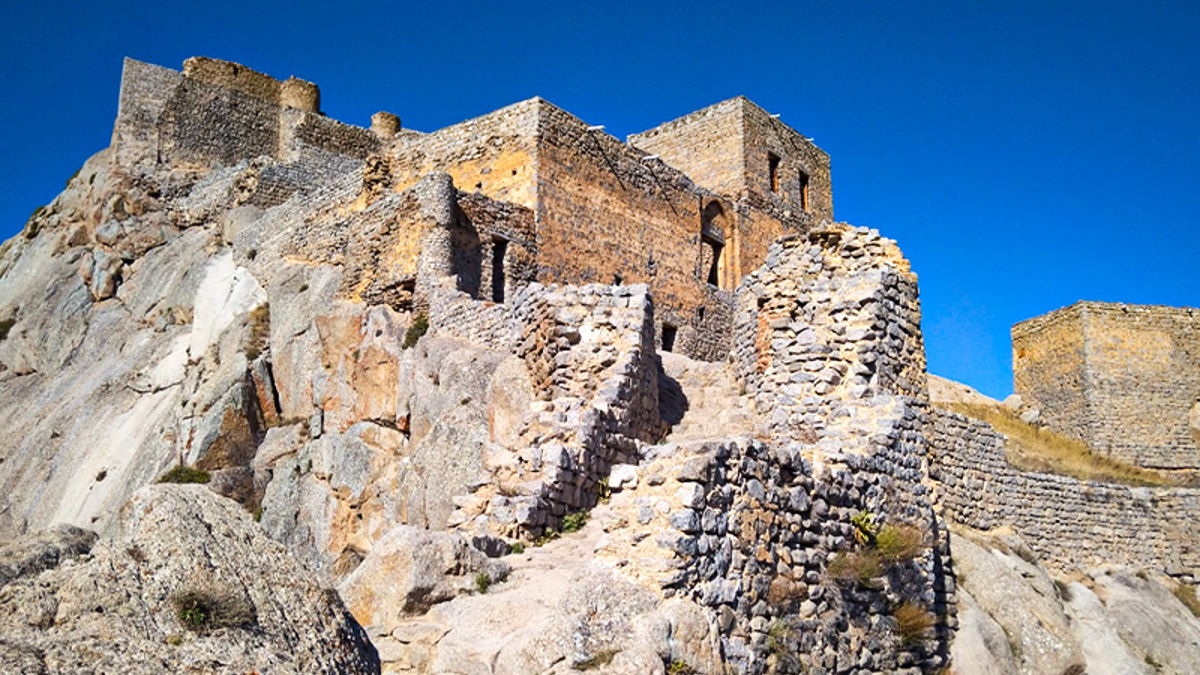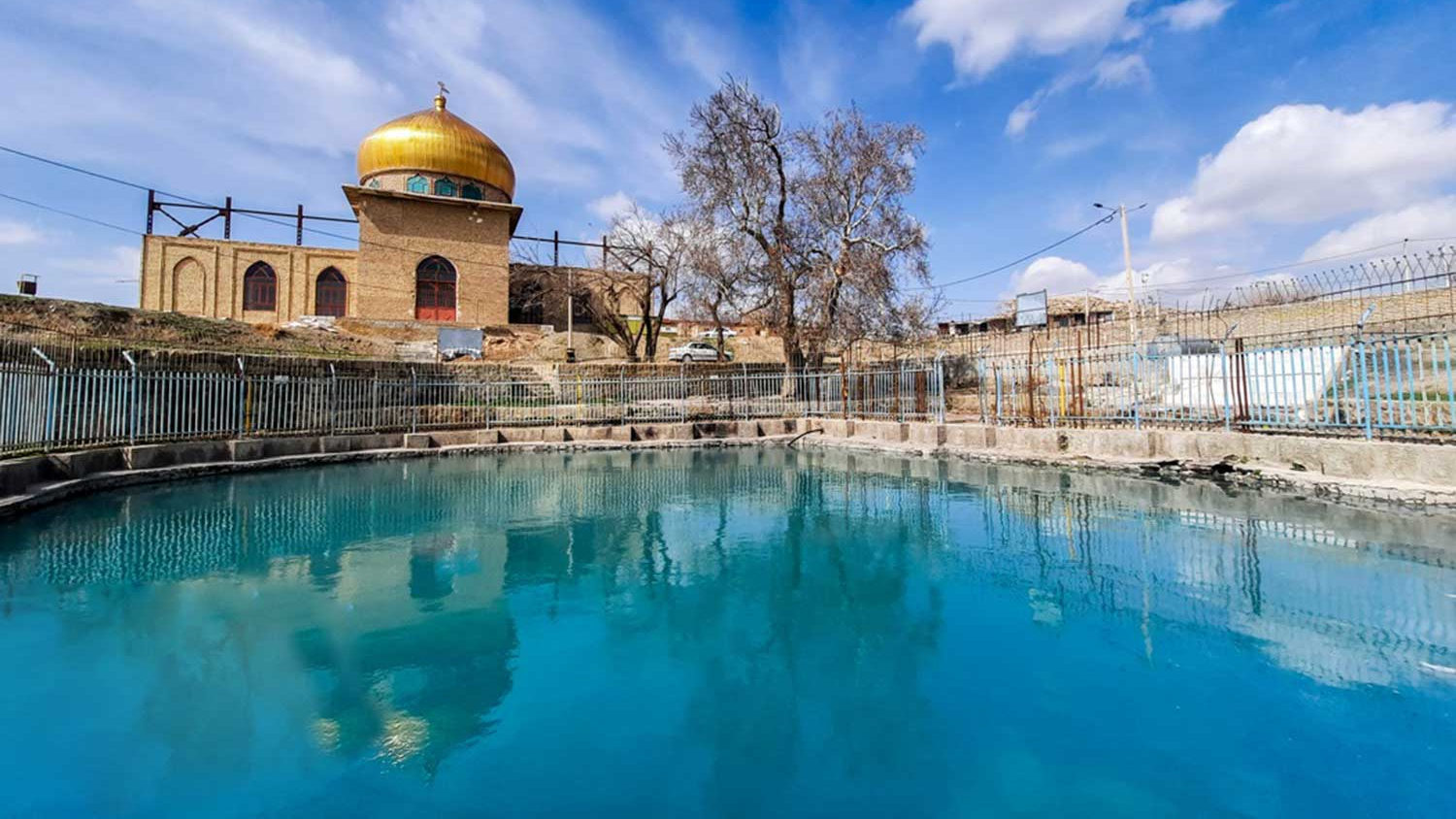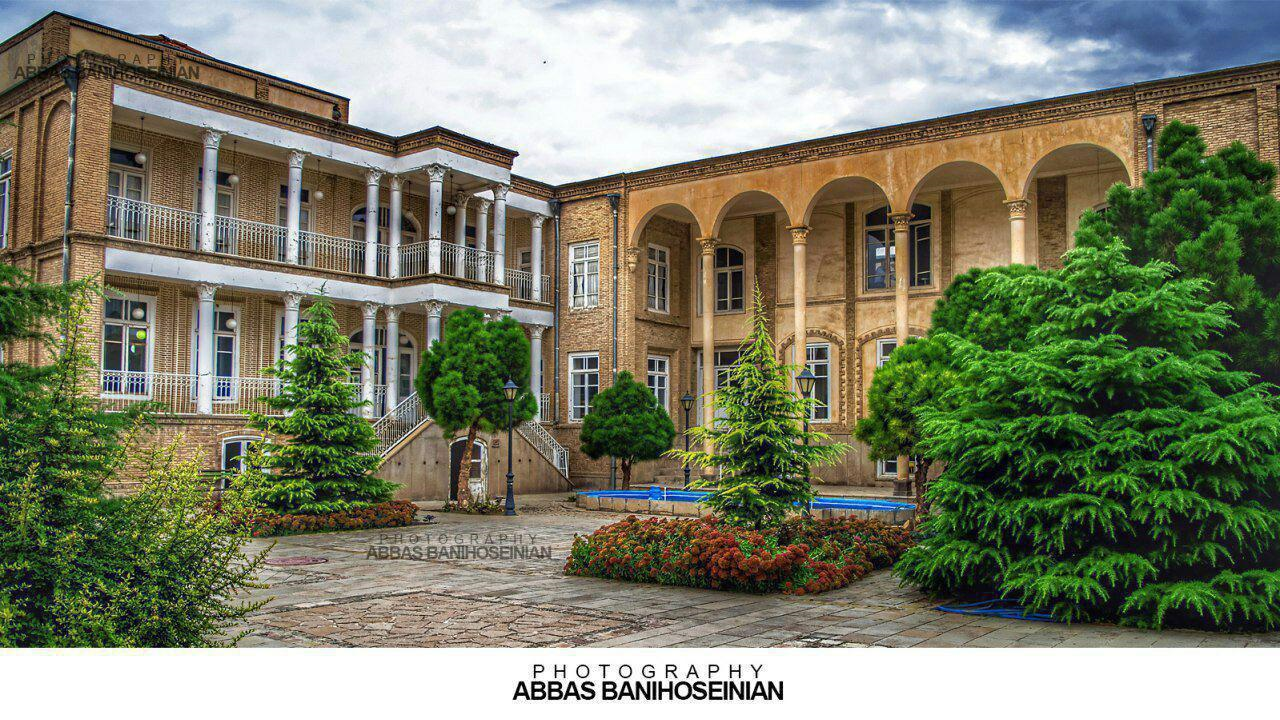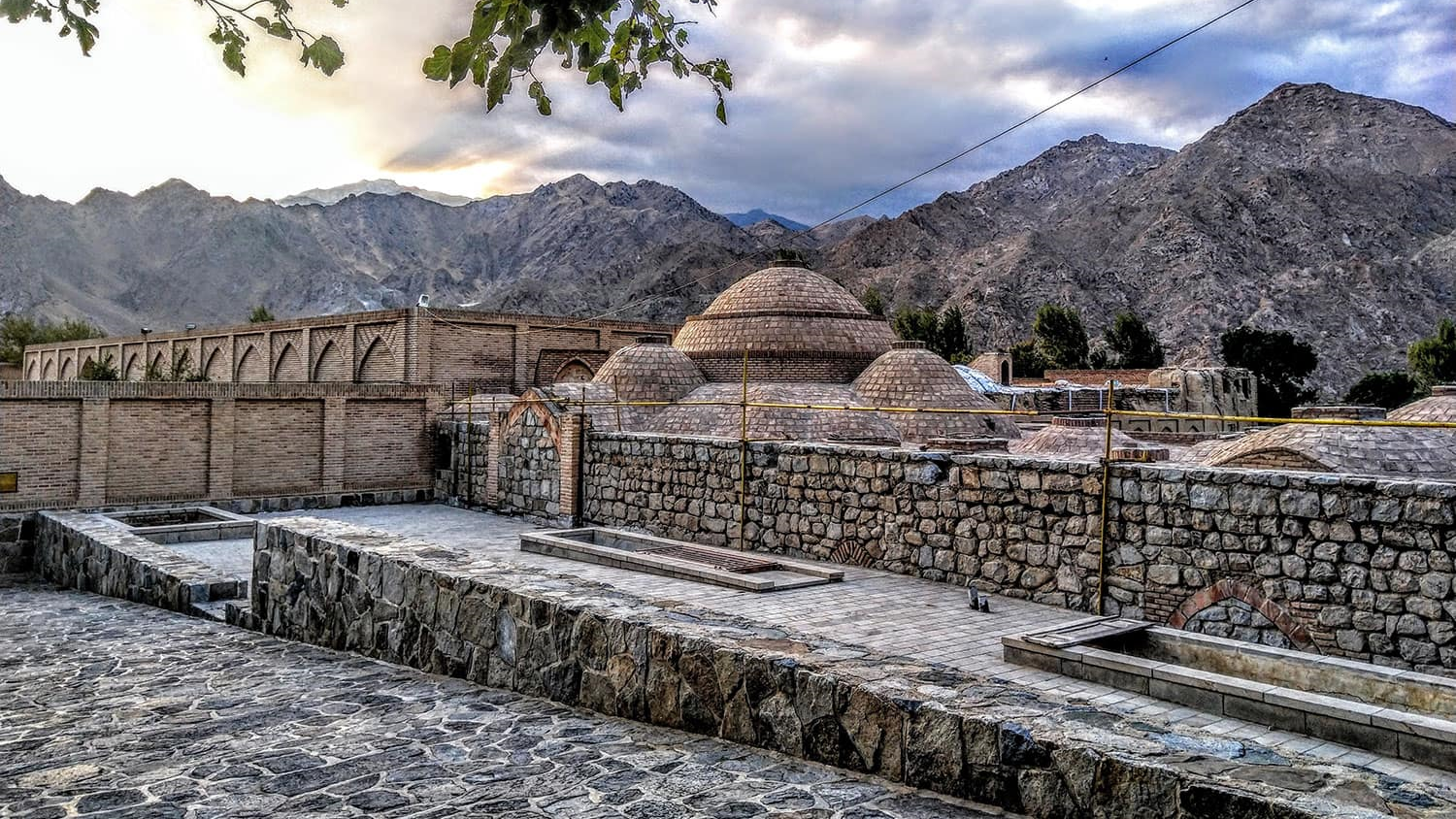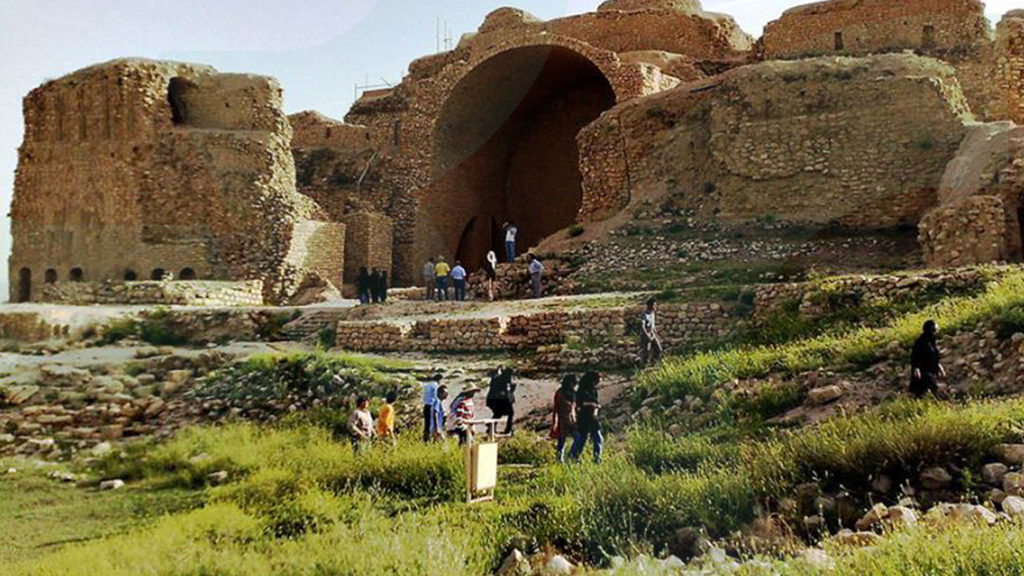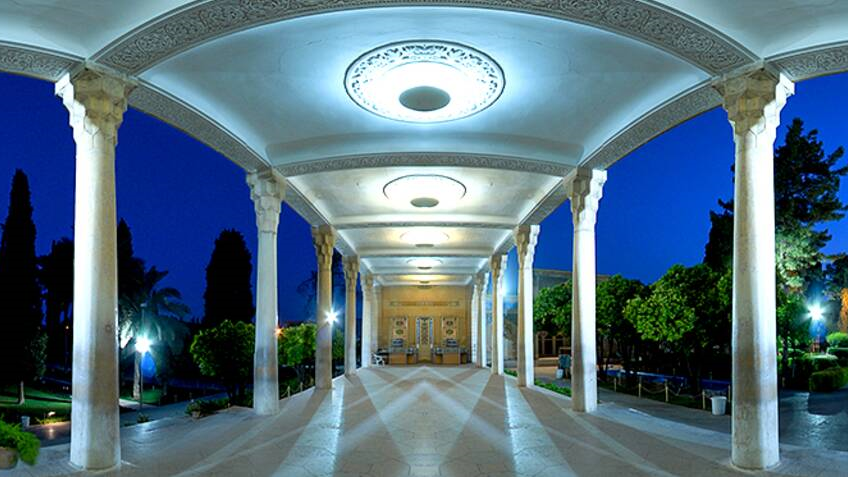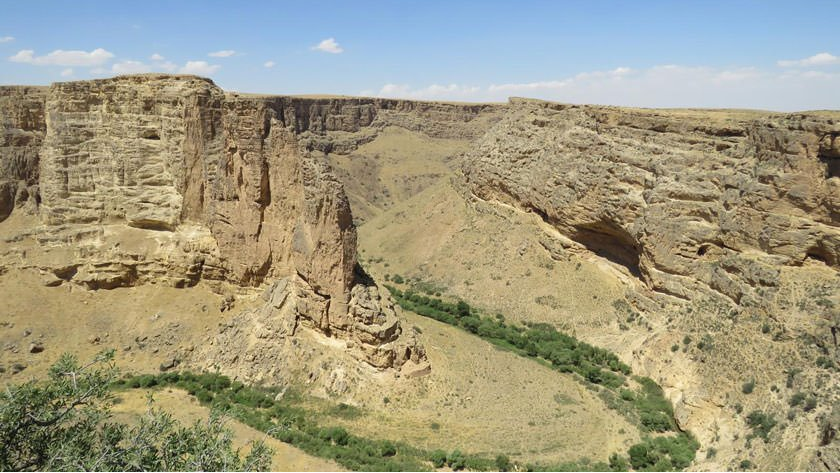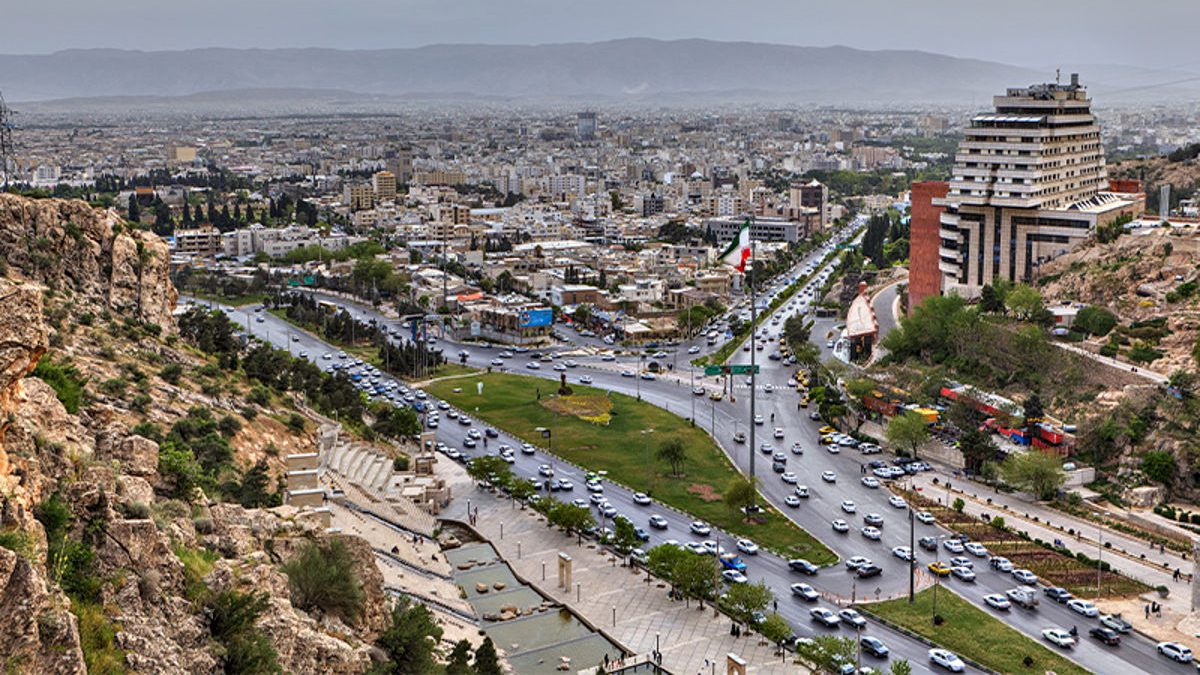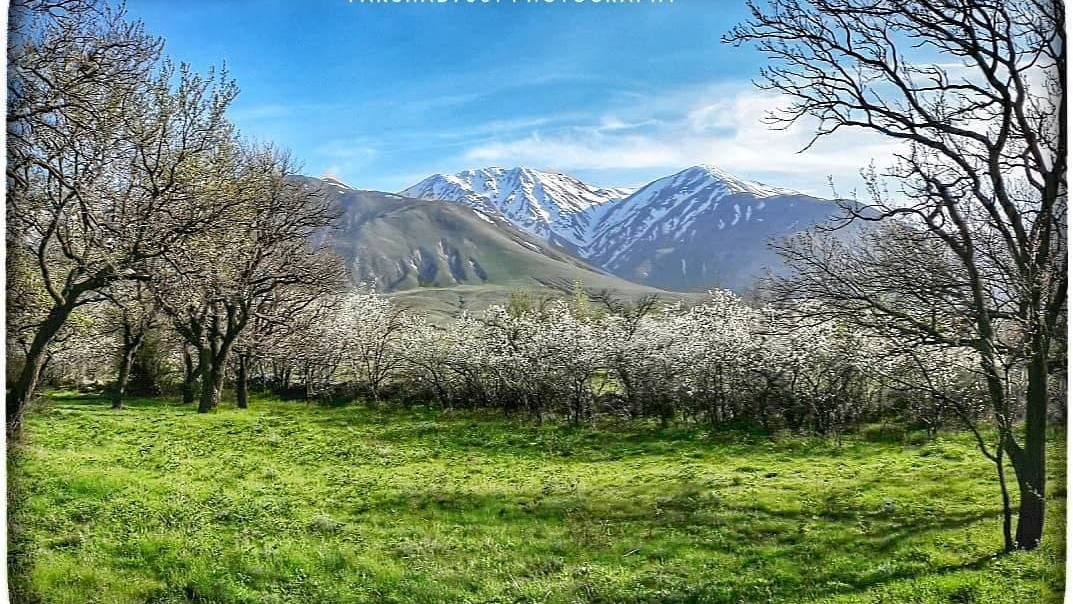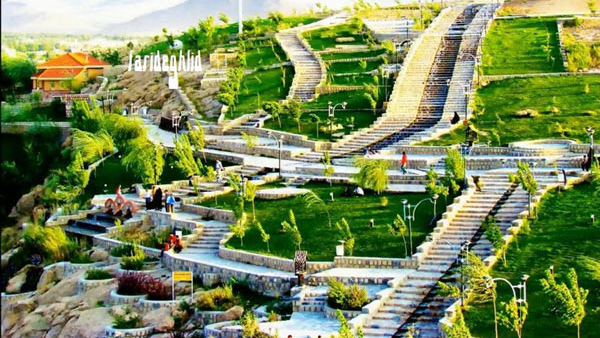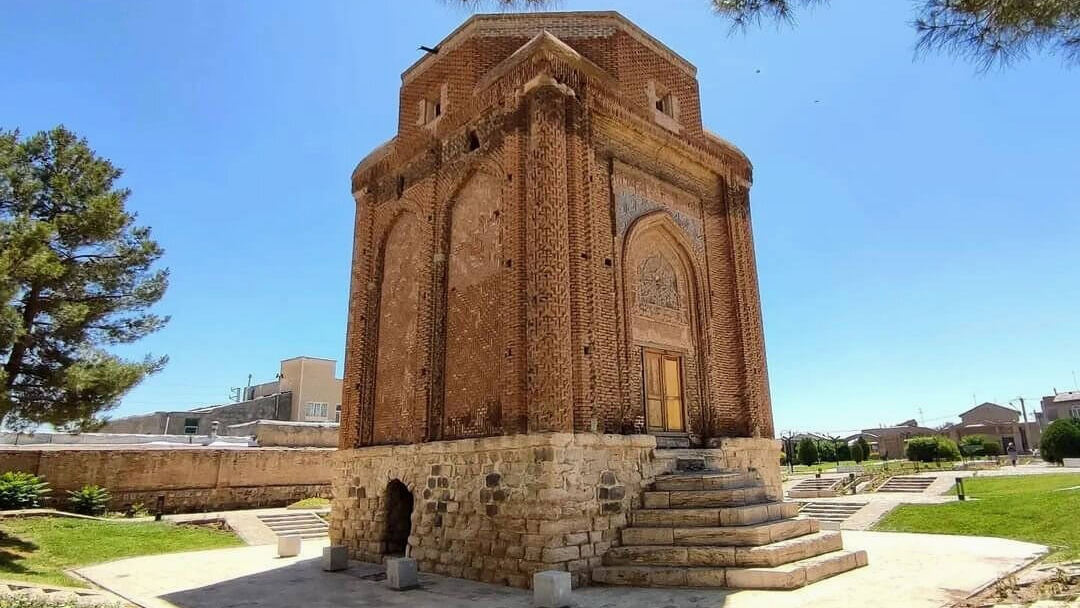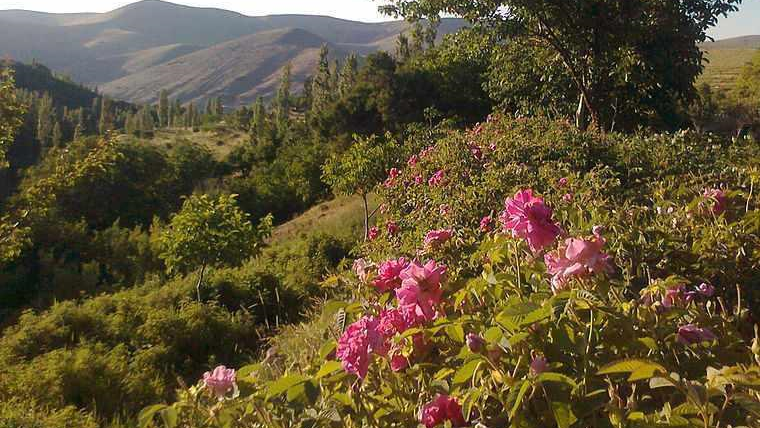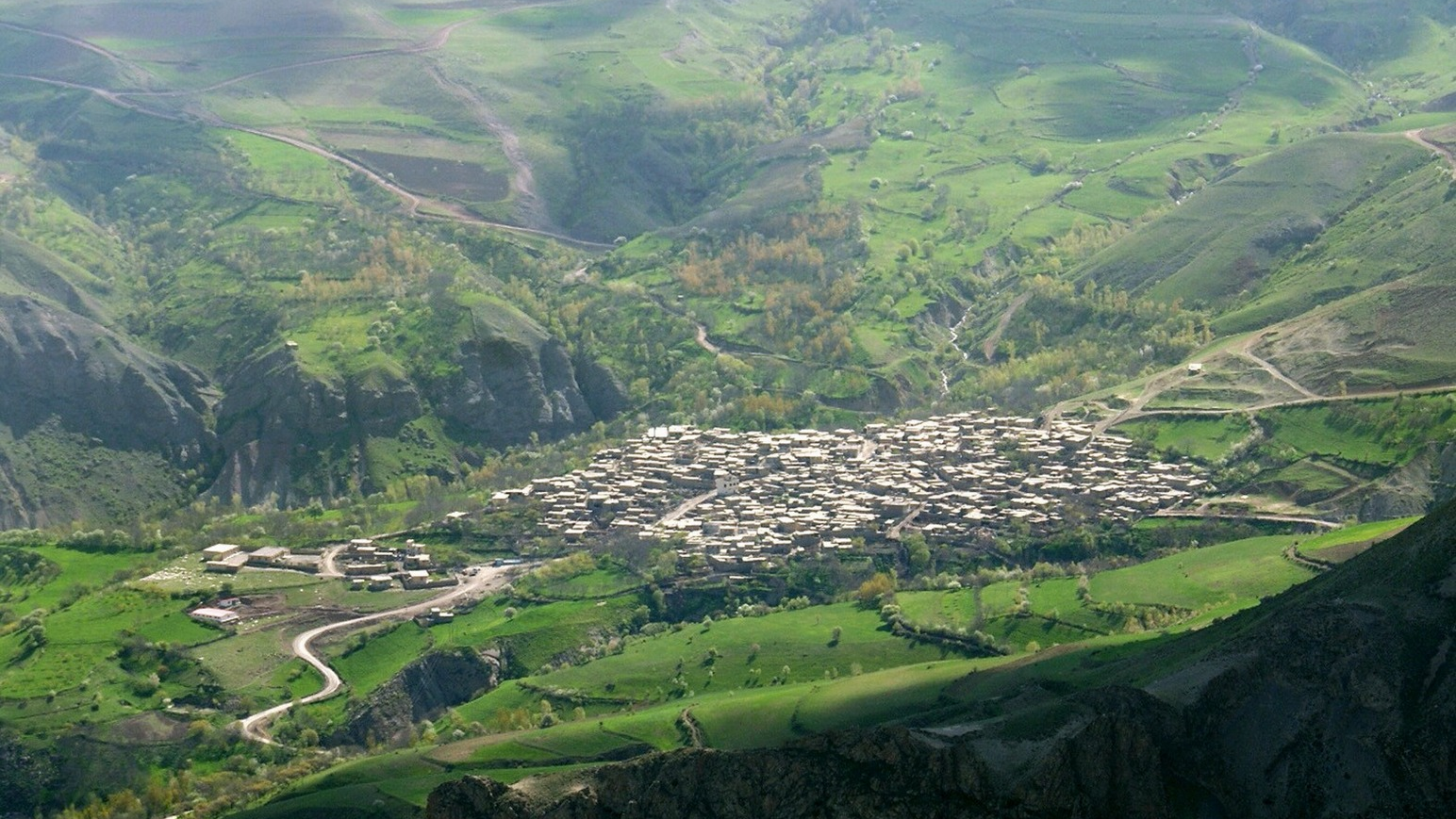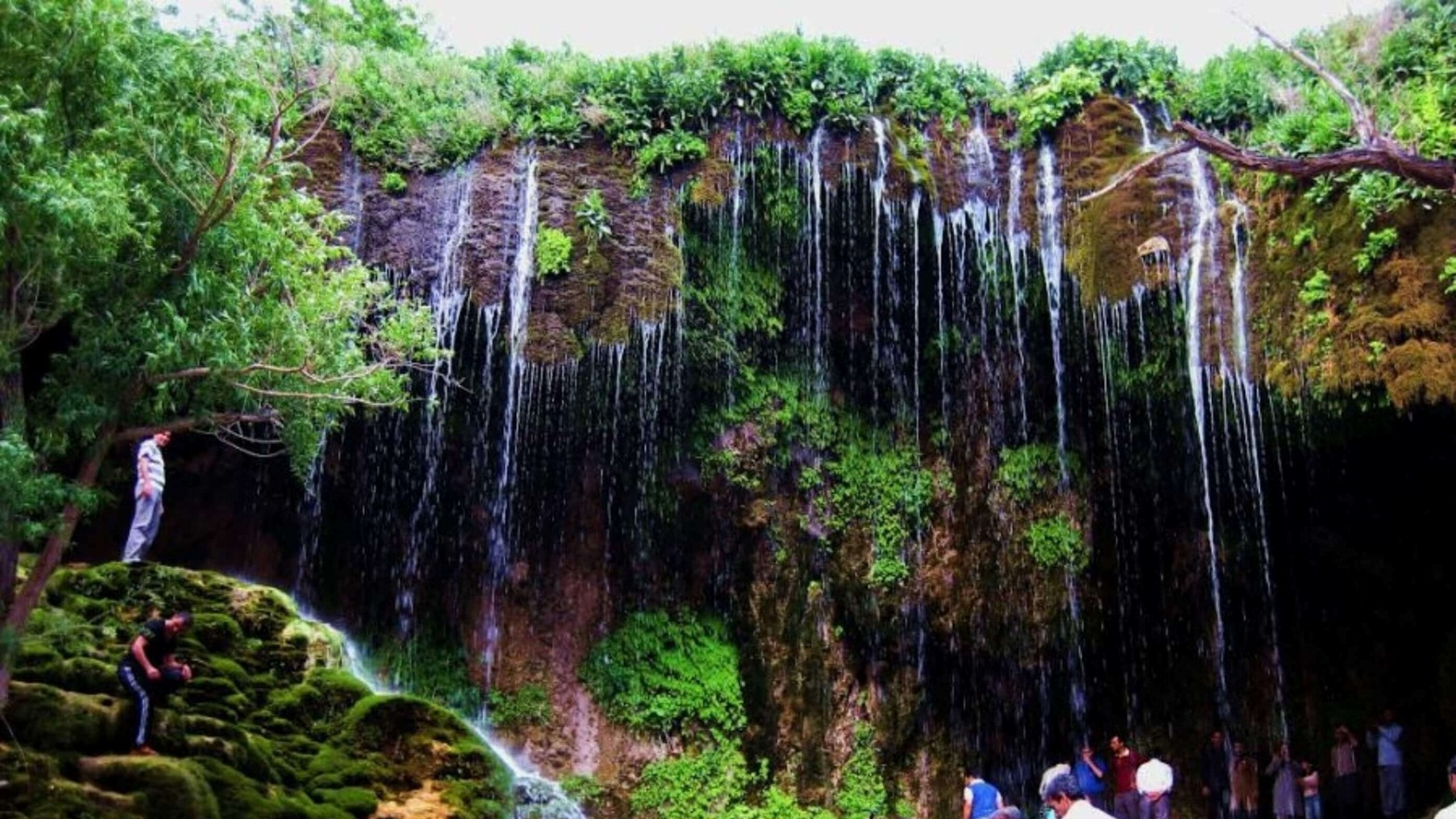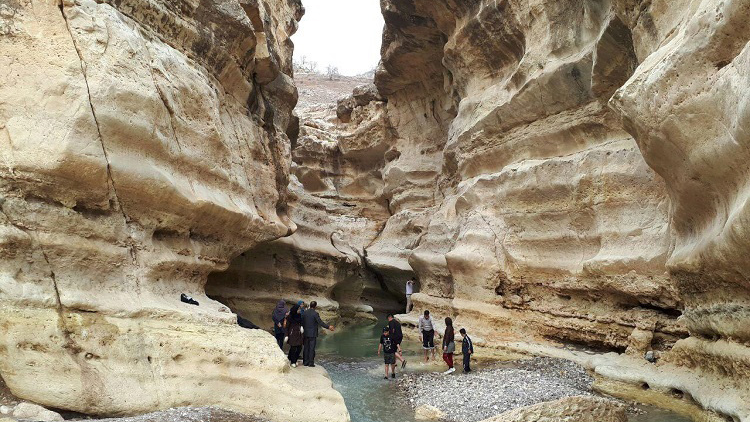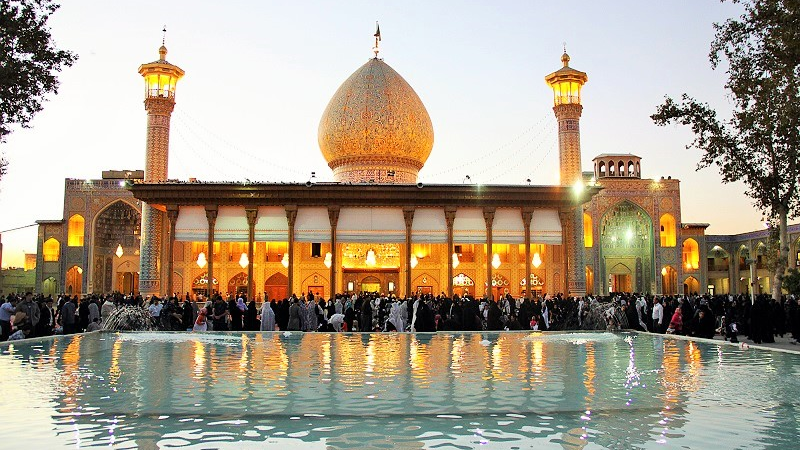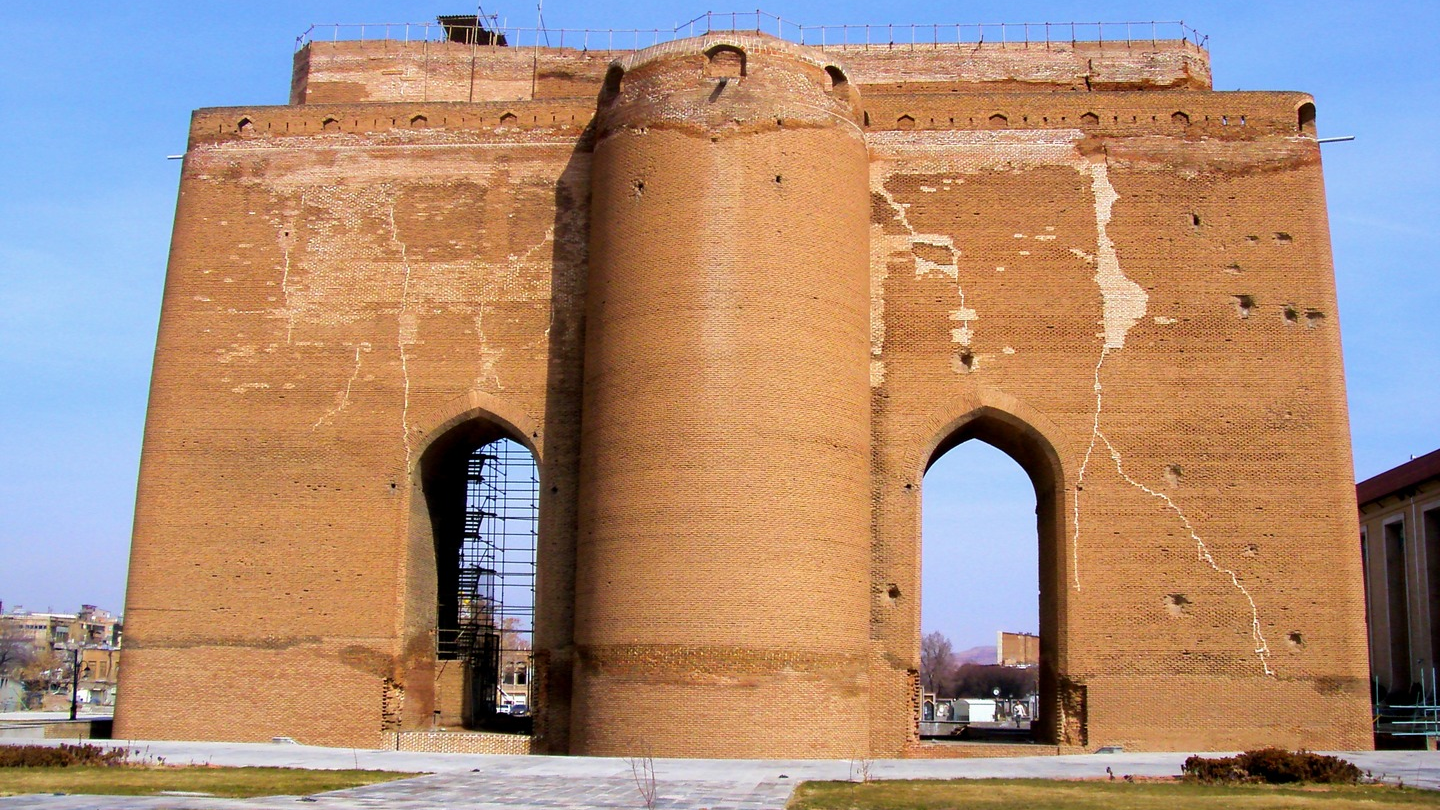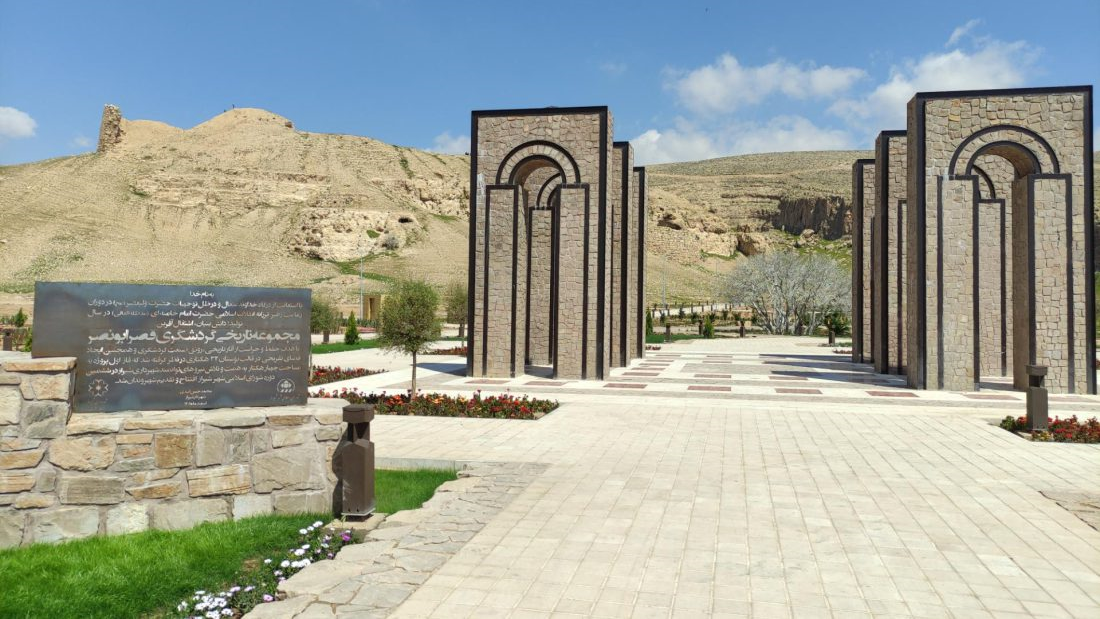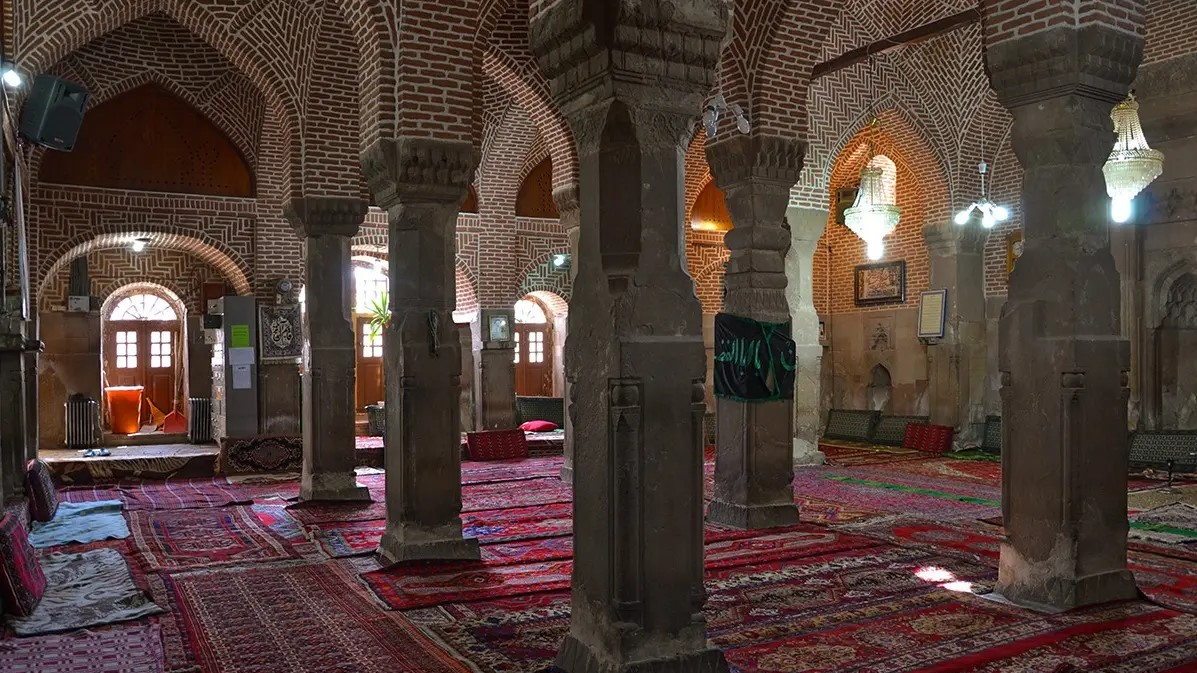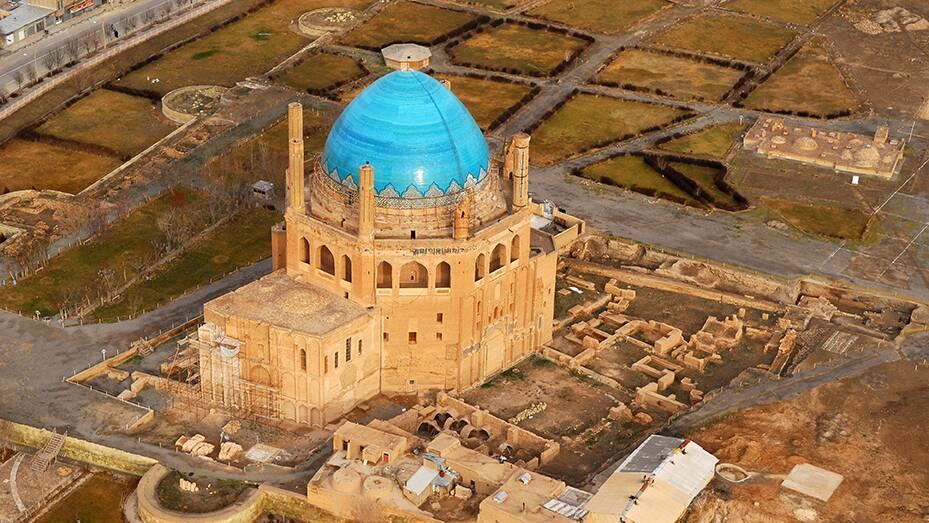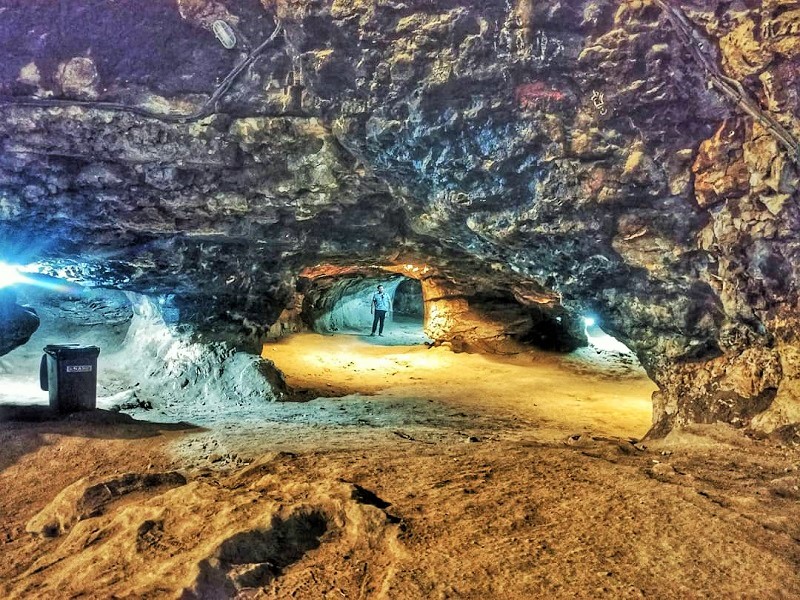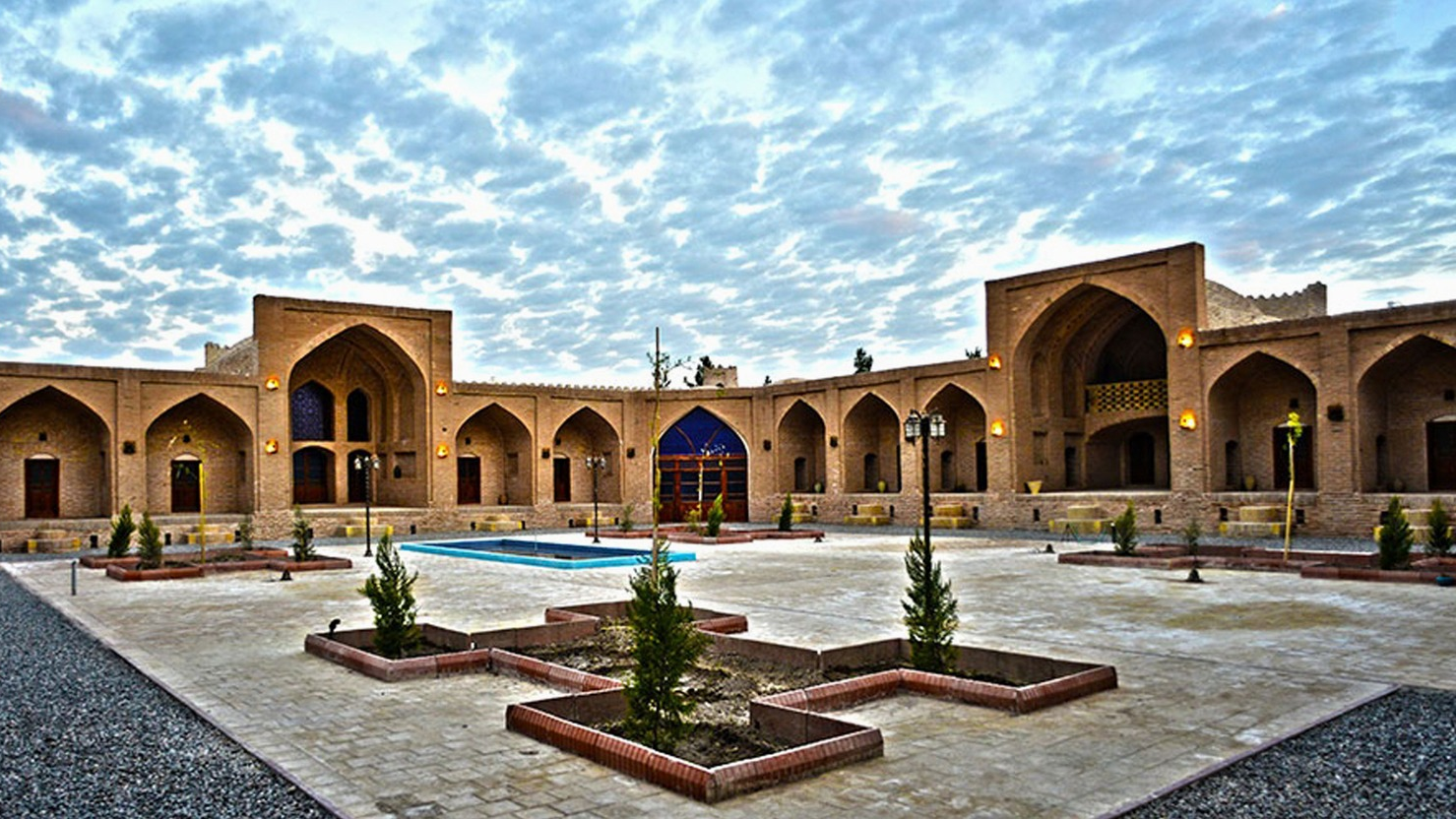
Neyriz
According to some experts, the city has been given this name because of housing iron mines and the weapon industry. They believe Neyriz means “the place where spears are made”. Of course, there are others who believe this name was given to this city because of the existence of many thickets in this area and around Bakhtegan Lake.
There is another theory about the name Neyriz, according to which “Ney” means city and “Riz” means river or water. Thus, Neyriz means “City of River” or “City of Water”.
History
Although some historians are of the opinion that the history of Neyriz dates back to the period of the Medes (678 to 549 BC), there is no evidence in this regard. The farthest works in which Neyriz has been mentioned are the clay tablets found in Persepolis. Experts believe that today’s Neyriz was a large and populous city during the time of Darius the Great (522 to 486 BC). As it appears from one of the inscriptions of Persepolis, this area housed up to 700 spear, sword, and armor manufacturing workshops in those days.
It seems that Neyriz had been destroyed three times during the course of its history and the present city is the fourth one reconstructed by the people of the area.
The name Neyriz has also been mentioned in historical Islamic sources reflecting the importance of this city in the early Islamic centuries. There was a hospital and a medical school in Neyriz towards the end of the 16th century CE. This had been the place of conflict between local rulers and looted several times during the last few centuries.
Geography of Neyriz
With a population of about 50 thousand people, Neyriz city is the center of the Neyriz County of the Fars province, which shares a border with three provinces of Hormozgan, Kerman, and Yazd. Neyriz County is located in an area of 10,650 square kilometers in the east of Fars province. The average height of this city is 1595 meters above sea level and has a relatively moderate climate.
Historical Attractions of Neyriz
The Grand Jame’ Mosque
This mosque is known as one of the oldest mosques in Iran, whose construction dates back to the 10th century CE. The old niche of the mosque is decorated with beautiful plasterwork and its long and impressive porch is considered the most important part of the building. There is a juniper tree in the small porch of this mosque, which the locals believe is more than a thousand years old.
Badrabad Hill Castle
This historical hill, which is located in the Deh Chah village of Neyriz, is related to the post-Islamic era and was inscribed on the list of Iran’s national heritage in 2002.
SPR Castle
Being built in the post-Islamic era, it has been given this strange name because a group of British troops who were a part of the SPR battalion were stationed there. This castle is located on the way to Kerman, Yazd, Bandar Abbas, Shiraz, and Isfahan, and the main materials used in the construction of this castle include stone, soil, and mortar.
SPR Castle was inscribed on the list of Iran’s national heritage in 2001.
Neyriz Caravanserai
Being strategically situated and since many caravans passed through it, a caravanserai was established there, which is still standing and the local people call it “Sarvi Caravanserai”. There is also a bathhouse next to this caravanserai, which was built in the style of the Ganj Ali Khan Bathhouse of Kerman and is known as the “Haj Mohammad Hasan Bathhouse”.
Tomb of Ahmad Neyrizi
Ahmad ibn Shamsuddin Mohammad Neyrizi or Mirza Ahmed Neyrizi, nicknamed “Sultani”, was a great master of the “Naskh Script”. He lived towards the end of the Safavid era (18th century) and created a special style of Naskh Calligraphy, which has been used by many calligraphers and is known as “Iranian Naskh”.
Natural Attractions of Neyriz
Bahram Gur Protected Area
Founded in 1972, this area is the habitat of various species of birds, vertebrates, and cats. Successive droughts and loss of water resources in the region have created many threats to the flora and fauna of this area.
Tarm Waterfall
One of the seasonal waterfalls of Neyriz, which is located five kilometers from the city, this waterfall is 115 meters high, is considered one of the highest waterfalls in Iran, and after passing through the fig trees, it pours into a place called “Gurab”.
Palangan Spring
Located 20 km. from Neyriz, this spring is considered one of the main resorts of Neyriz County, and its water is used to irrigate fig, pomegranate, and almond gardens around the city.
| Name | Neyriz |
| Country | Iran |
| State | Fars |
| City | Neyriz |
| Type | Historical |
| Registration | No registration |
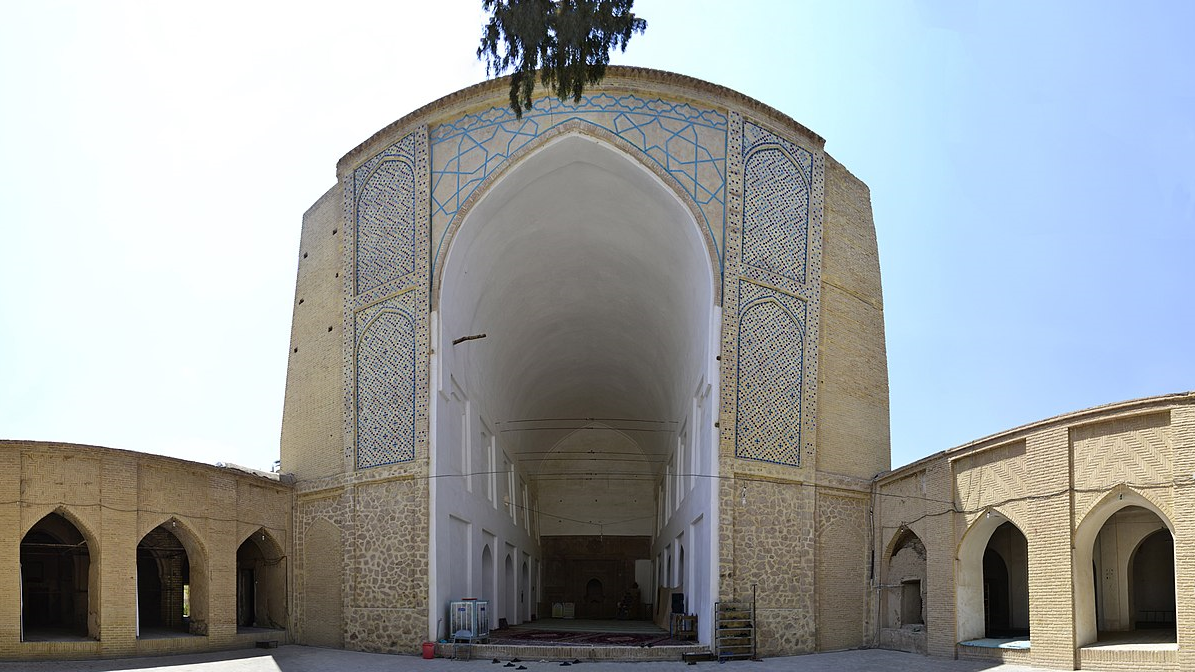
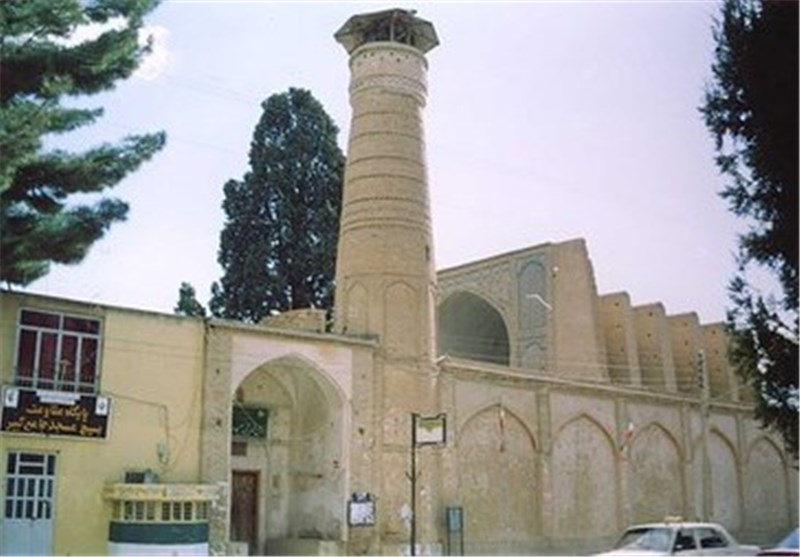



Jame’ Mosque of Neyriz; A Mosque with a Pre-Islamic Architecture
Following the advent of Islam in Iran and the conversion of Iranians to Islam, most of the fire temples were abandoned and lost their functionalities. According to some experts, the Jame’ Mosque of Neyriz, which is one of the oldest mosques in Iran, has been built on the ruins of an old fire temple.
History of Jame’ Mosque of Neyriz
According to the research published in the book “The Art of Iran” written by Andre Godard, a French architect and archaeologist, the architecture of the Jame’ Mosque of Neyriz, which has been mentioned in the sources left from the first half of the 4th century AH (10th century AD), is similar to the architecture of the Sassanid era.
This mosque has been restored several times and certain parts have been added to it in different eras. The most important restorations of the mosque took place during the reign of Adud al-Dawla al-Daylami (949 to 983 AD), Seljuks (1034 to 1194 AD), Khwarazmian dynasty (1077 to 1231 AD), and Safavids (1501 to 1736 AD).
Architecture of Jame’ Mosque of Neyriz
The single-porch mosque the construction style of which is a direct imitation of the monuments built in the Sasanian era (224 to 651 AD) is 18 meters long and 7.5 meters wide. There is a rectangular courtyard in front of the porch, in the northern part of which some porticoes and porches were added in later years. The mosque also has a minaret which, according to experts, was created in the course of the construction of the mosque. In addition to the main porch, the present-day mosque also has a northern porch, which was added to it in the course of one of the renovations that took place in 363 or 460 or 560 AH (973 or 1067 or 1164 AD).
The construction of the vault, which has been built with bricks and tiles, dates back to the mid-4th century AH and decorative plaster works can be seen in some places of the building. The decorations of the south porch are more diverse and complete.
According to the inscription in the mosque, the niche of this mosque was completed in 973 AD but some experts believe that the mosque was built earlier. The prominent plaster works of the niche, which include geometric patterns, flowers, plants, and verses from the Holy Quran are very beautiful and unique.
Inscriptions of Jame’ Mosque of Neyriz
The inscriptions that can be seen in the mosque include:
1. An inscription about the restoration of the mosque by a person named Mirza Nezam, during the reign of Safavid king, Shah Suleiman I (1666 to 1694).
2. An inscription related to the year 1259 AH (1843 AD), which was written during the reign of Zainulabedin Khan Neyrizi and contains information about taxes and court funds.
3. An inscription that dates back to the year 1300 AH (1882 AD) and contains a text about the restoration of the building during the time of the Qajar king, Naser al-Din Shah.
4. The inscription related to the year 947 AH (1540 AD) and the period of the Safavid king, Shah Tahmasb, containing the names of 12 Shiite Imams.
Jame’ Mosque of Neyriz was inscribed on the list of Iran’s national heritage in 1993.
According to some experts, the Jame’ Mosque of Neyriz, which is one of the oldest mosques in Iran, has been built on the ruins of an old fire temple.
| Name | Jame’ Mosque of Neyriz; A Mosque with a Pre-Islamic Architecture |
| Country | Iran |
| State | Fars |
| City | Neyriz |
| Type | Religious |
| Registration | National |
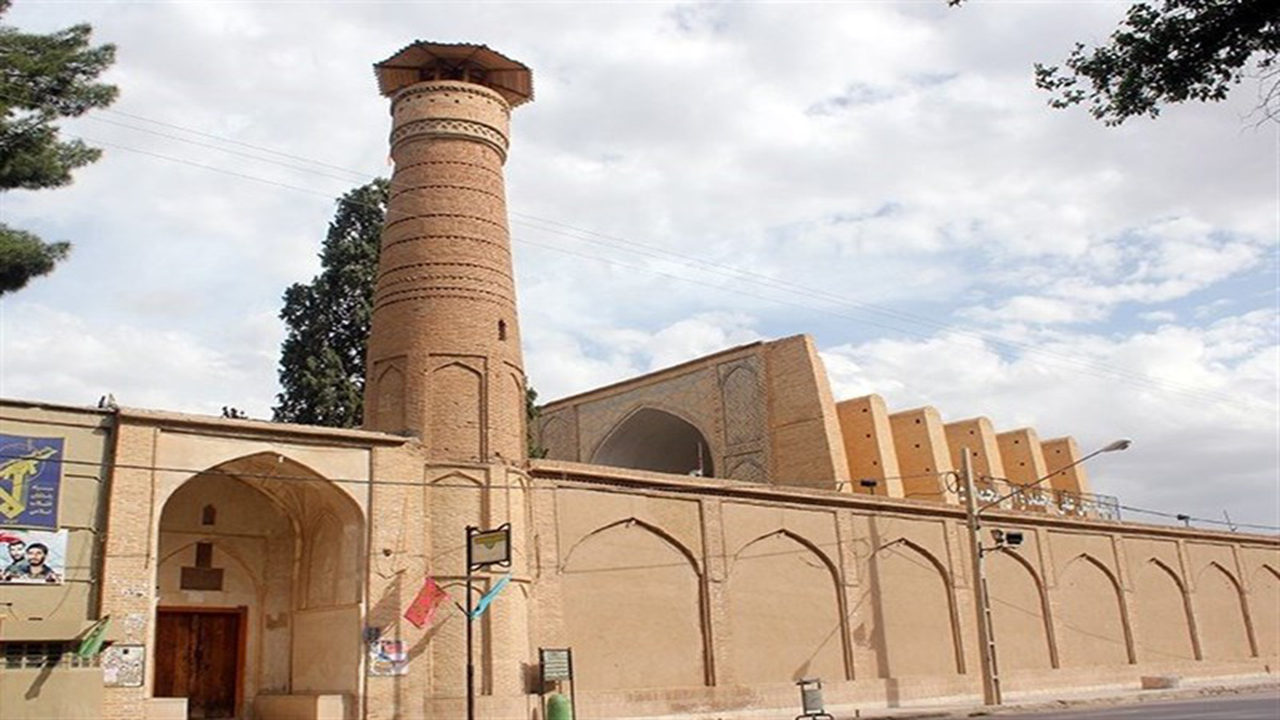
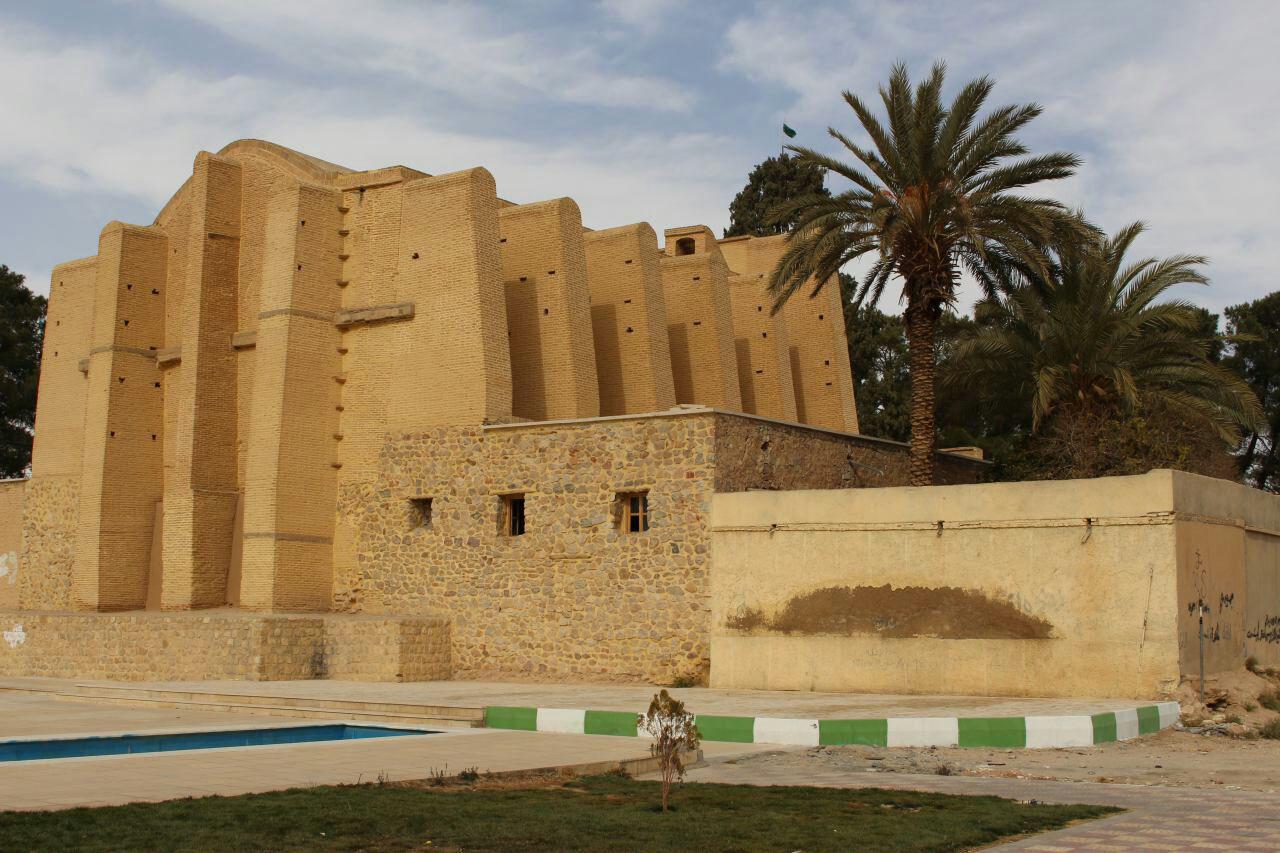
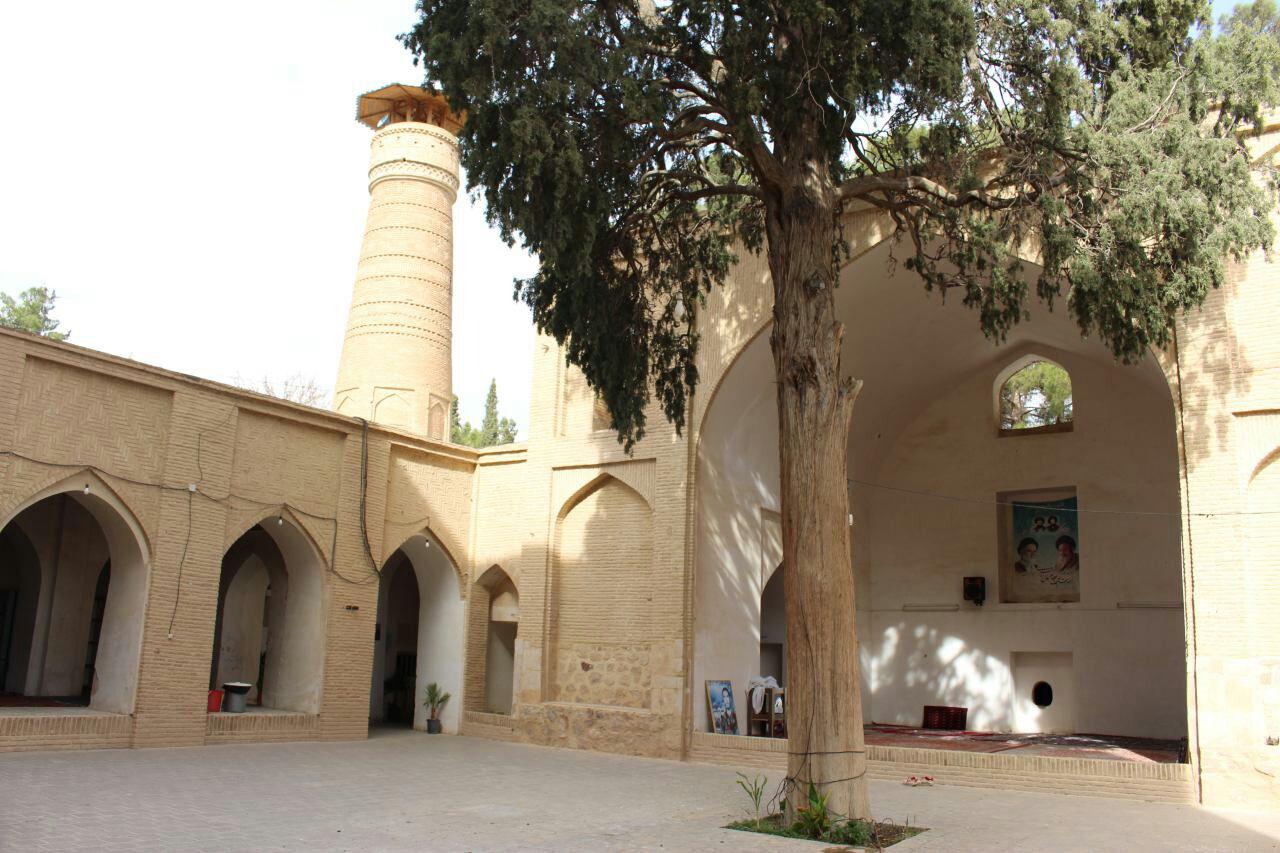
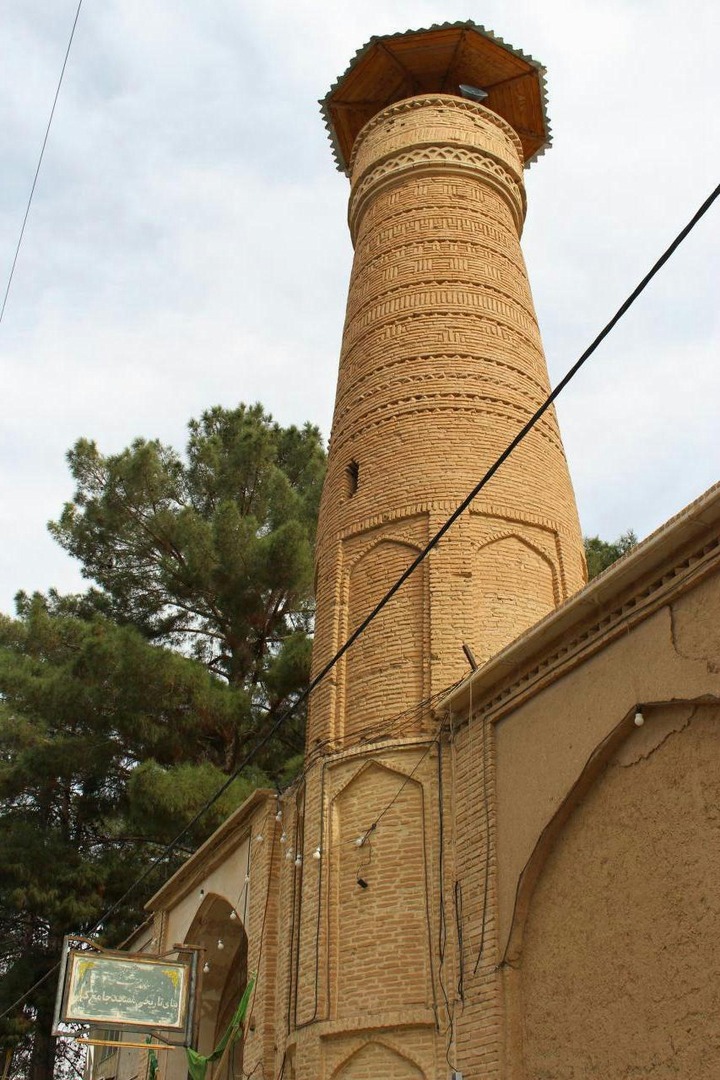
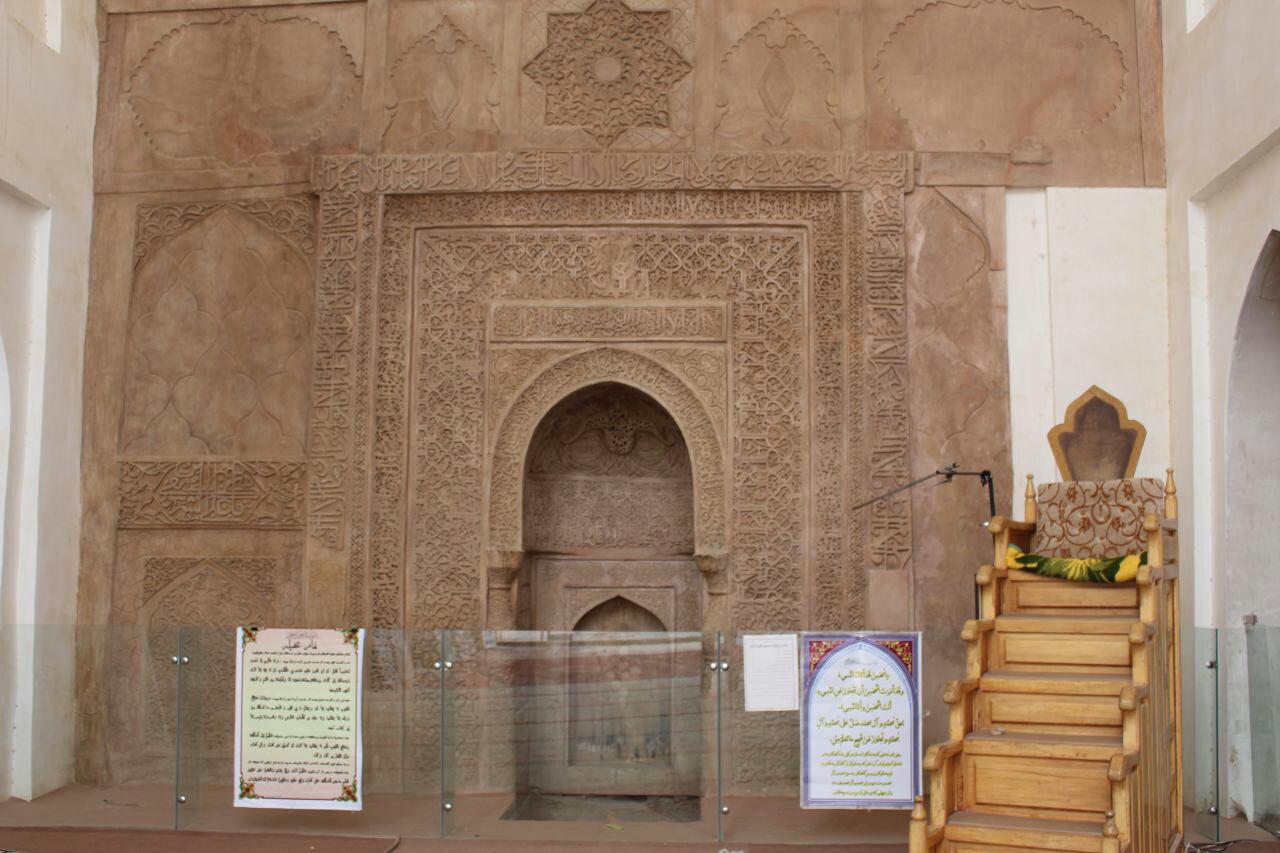
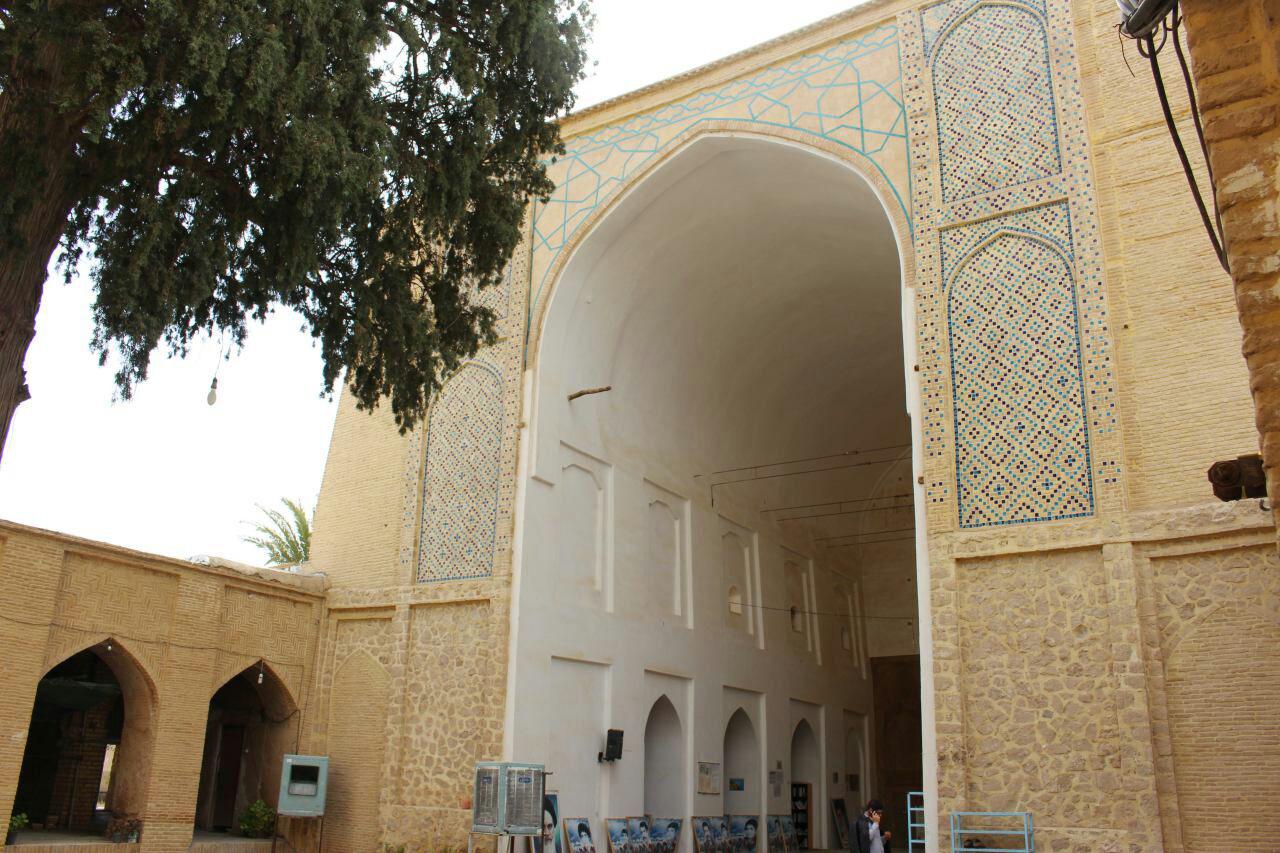






Choose blindless
Red blindless Green blindless Blue blindless Red hard to see Green hard to see Blue hard to see Monochrome Special MonochromeFont size change:
Change word spacing:
Change line height:
Change mouse type:
